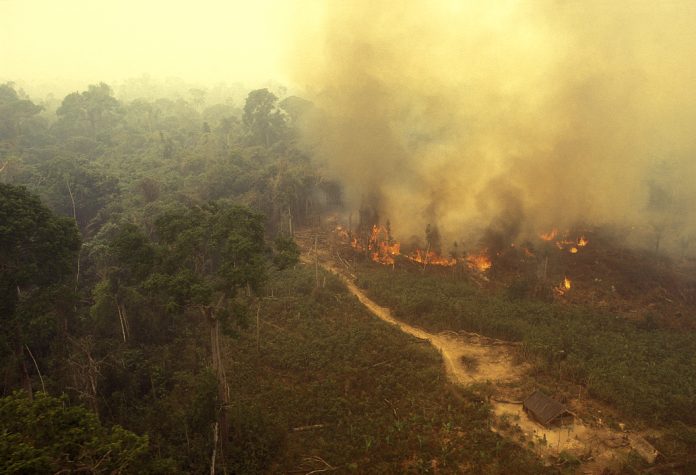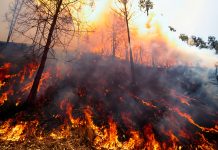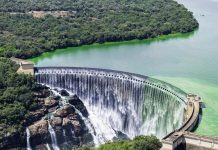The Amazon rainforest experienced its worst fire season in over two decades in 2024, with devastating consequences for both the environment and the global climate
According to a new study published in Biogeosciences by the European Commission’s Joint Research Centre (JRC), fires affected approximately 3.3 million hectares of forest, resulting in a massive release of greenhouse gases.
The study estimates that the fires generated 791 million tons of carbon dioxide (CO₂), equivalent to the annual emissions of Germany. This indicates an increase in average emissions in the Amazon compared to the previous two years.
Climate and human pressures fuel forest fires
Researchers think the surge in wildfires is due to a combination of extreme droughts worsened by climate change, ongoing forest fragmentation, and unsustainable land-use practices. These factors have left the Amazon increasingly vulnerable to fire, even as overall rates of deforestation have slowed.
The fires, which affected 0.7% of the Amazon’s remaining intact forest, represent the most significant annual share of burned area since 2001. Unlike deforestation, which involves the complete removal of forest cover, many of these fires led to forest degradation, damaging ecosystems without thoroughly clearing them. This “invisible” form of degradation is often overlooked in official records, despite significantly reducing the forest’s carbon storage and biodiversity.
Brazil and Bolivia hit the hardest
The majority of the burned forest was located in Brazil and Bolivia. Brazil alone accounted for 50% of the total affected area and recorded its highest-ever emissions from forest degradation. In Bolivia, over 9% of the country’s remaining intact forest was impacted, a blow to a region vital for biodiversity and carbon sequestration.
More minor but significant fire impacts were also reported in Venezuela (4.9%) and Peru (1.5%), highlighting the pan-Amazon scope of the crisis.
Calls to action
The authors of the study stress that the Amazon is approaching a dangerous ecological tipping point. Once crossed, this could result in irreversible shifts in the forest ecosystem, with global consequences for climate regulation. To counter this, they suggest coordinated action at local, national, and international levels.
Key recommended measures include reducing the use of fire for land management, improving enforcement of environmental laws, and strengthening the role of Indigenous and local communities in forest stewardship. International climate finance, the report notes, must also begin to recognise and address the impacts of forest degradation, not just deforestation.
EU and regional cooperation
The findings contribute to broader efforts under the EU’s Amazonia+ programme, which aims to enhance forest monitoring and climate resilience across the Amazon Basin. The programme supports partnerships between the EU and Latin American nations to reduce deforestation, mitigate emissions, and protect biodiversity.
The study used advanced tools developed by the JRC, including the Global Wildfire Information System and the Tropical Moist Forest monitoring system, to distinguish between deforested areas and those affected by fire. Emissions estimates were generated through Monte Carlo simulations, accounting for multiple variables such as forest cover, biomass density, and fire severity.











